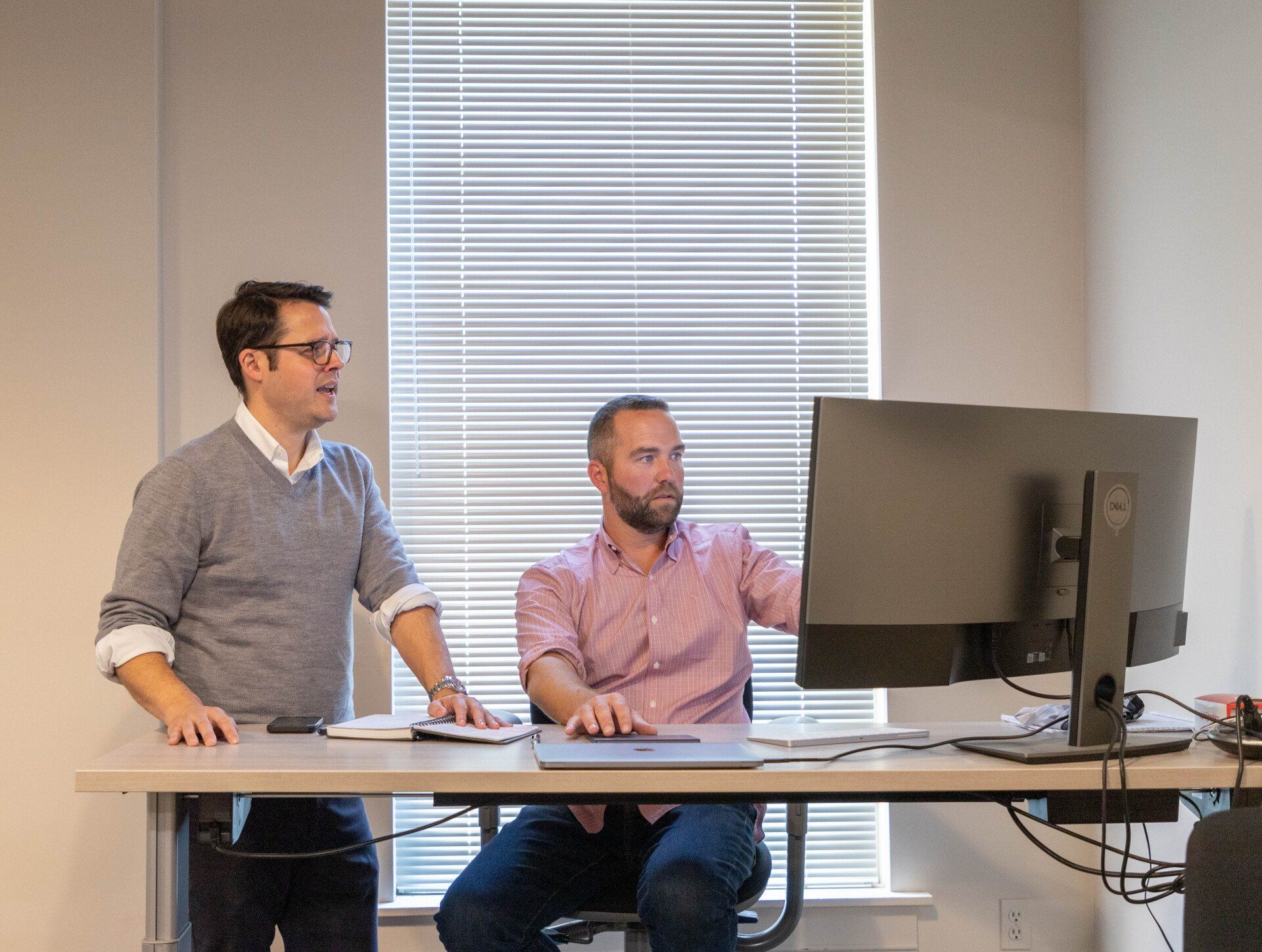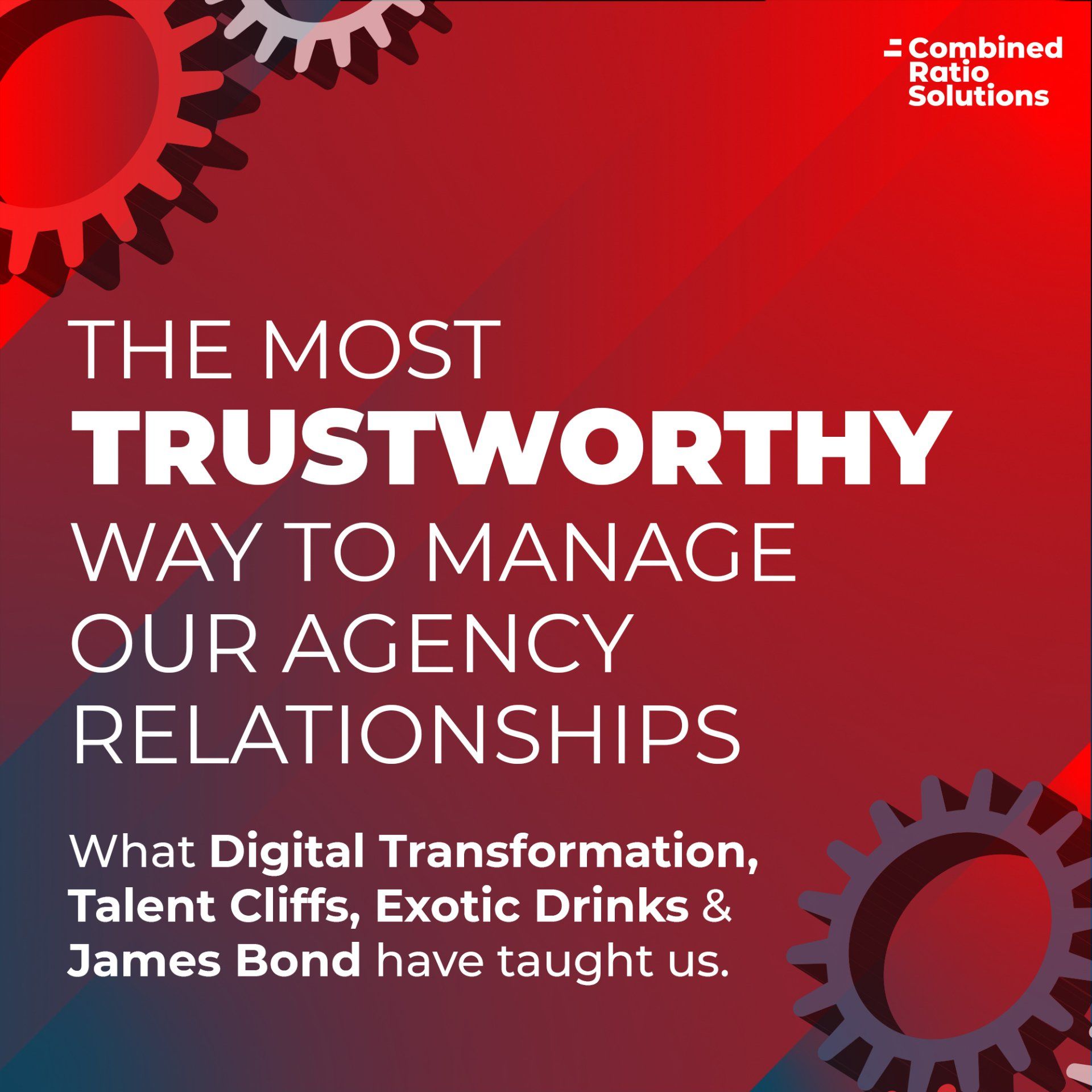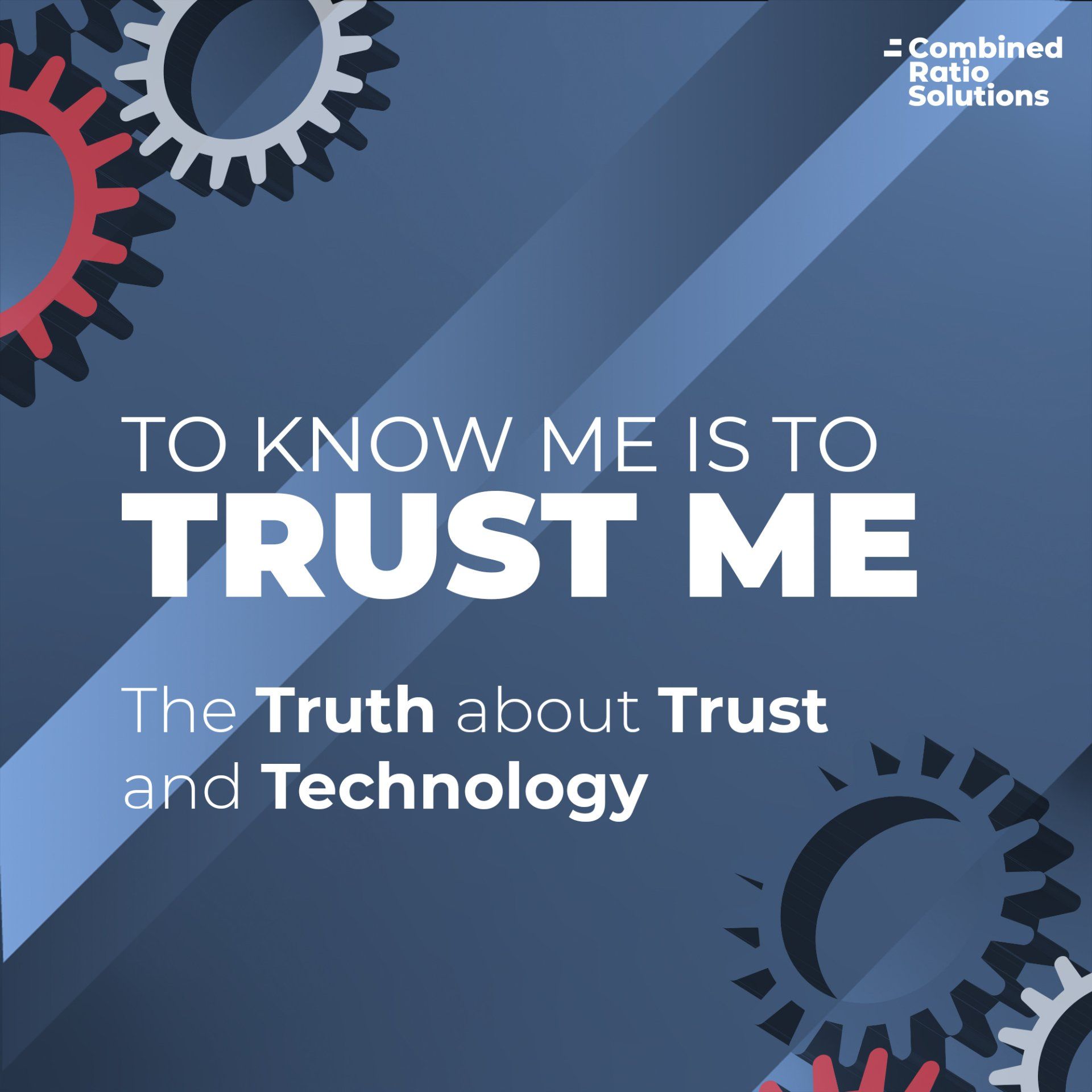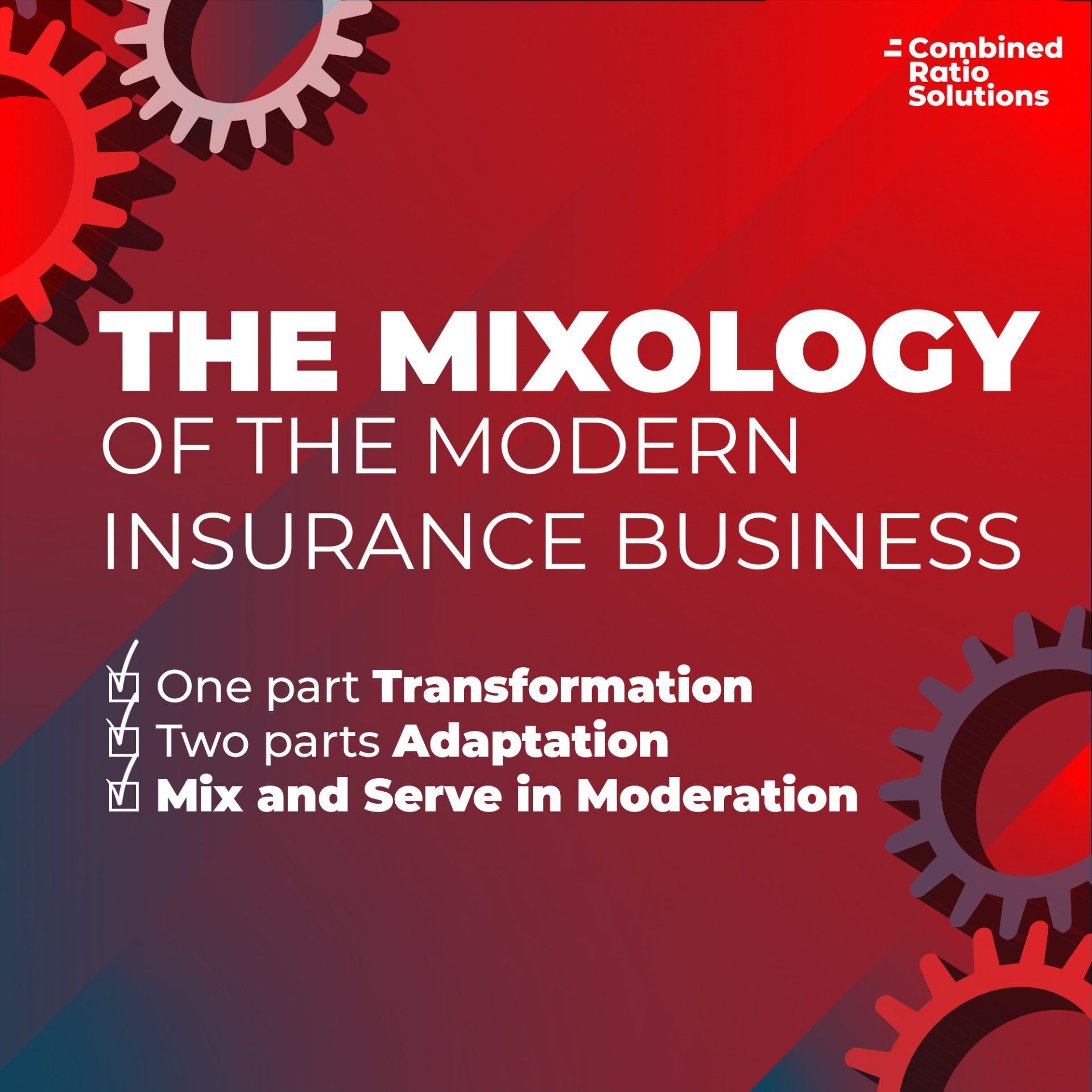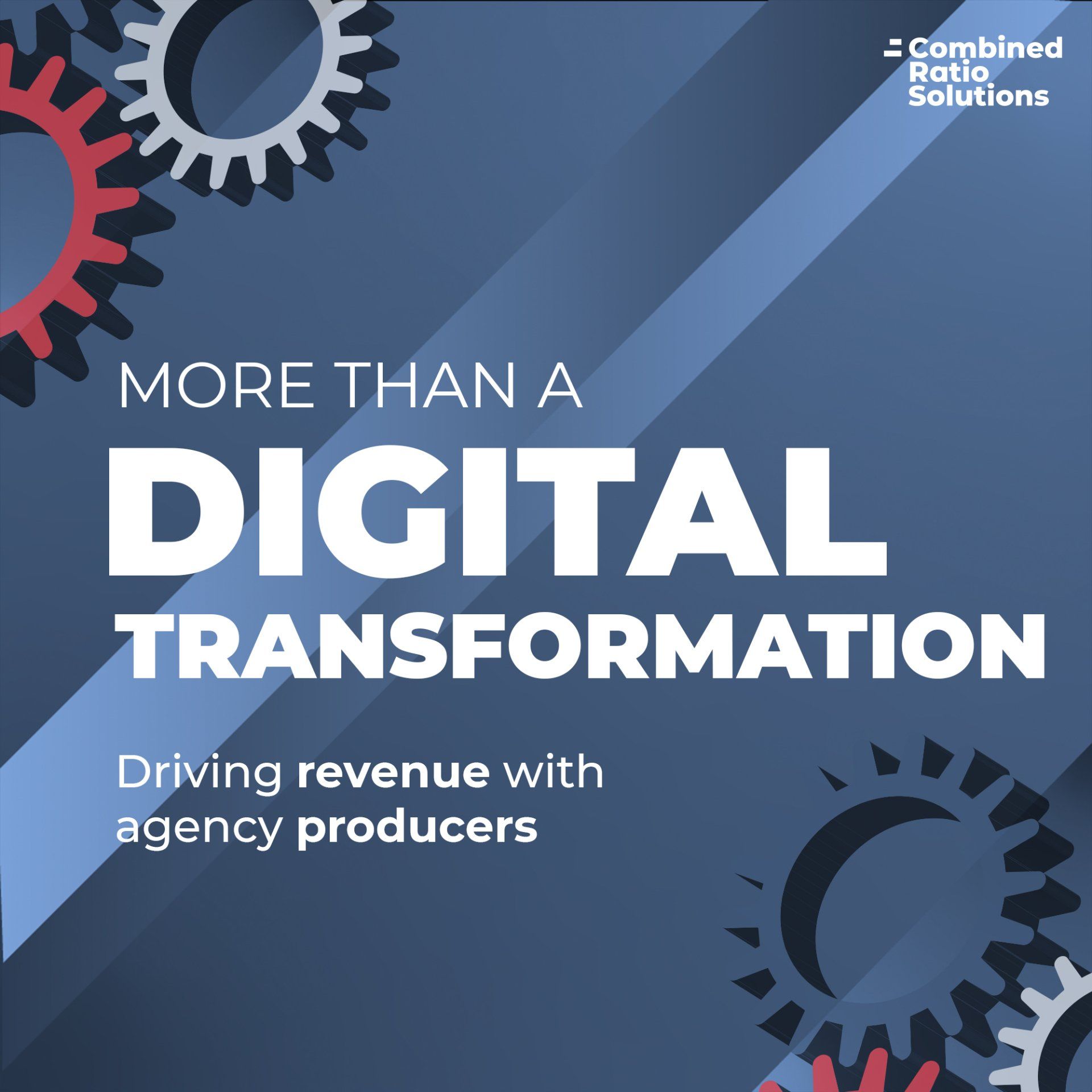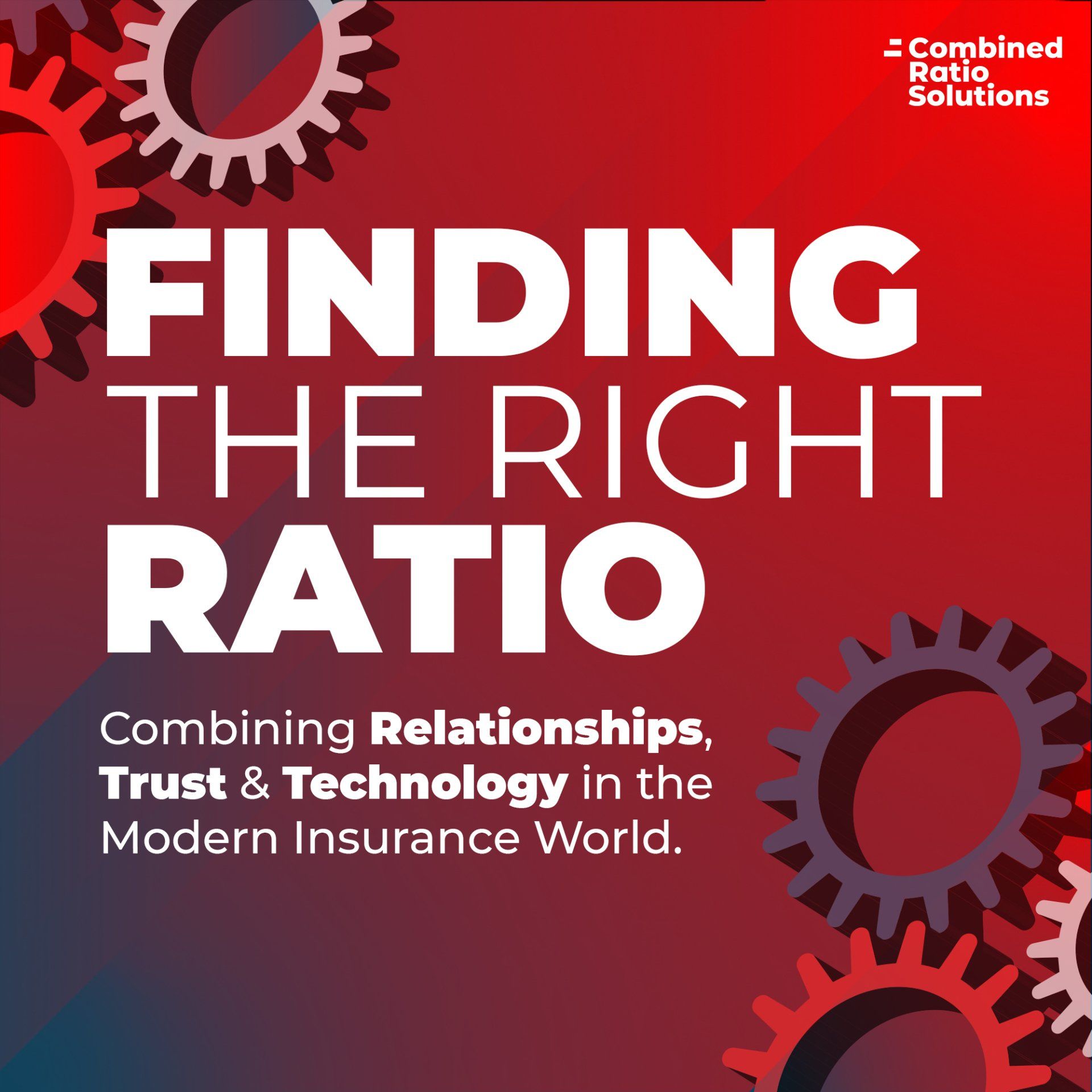“We’ll Jump Off That (Talent) Cliff When We Get To It” – Maybe We’ve Gotten To It!
By Combined Ratio Solutions July 17th, 2021
Prophets of doom forecasting disaster, in this case regarding dire workforce changes described as a “talent cliff”, might be nothing new. But like the old expression "live every day like it is your last – for one day you’re sure to be right;” - they both have a ring of truth. We’ve talked about the mixture of forces emerging in insurance threatening how we have previously managed our agency business. Technologists promise that digital transformation is the answer; on the other hand, we say, “all things in moderation,” recommending a combination of technology while attending to the importance of the carrier-agent relationship. It's this relationship dynamic that becomes vulnerable when enough experienced sales, marketing, and underwriting talent decide that the "new normal" isn't for them and head off into the sunset or over the cliff.
They've Got Us Surrounded.
Let’s confront the data and the danger warnings upfront; as we all know, we now live in the era of "alternative facts." Estimates of changes in the workforce are all around us, and the numbers are all over the place. Pundits’ estimates range from 95% of workers considering a change to a more believable 25% to 40% range. The 95% comes from Monster.com who’d predictably be all about “job changes.” The lower range is according to Erica Pandey, author of What's Next. Second, most of the examples given in various articles are also admittedly in industries other than insurance. So, there’s room for some healthy skepticism regarding a “talent cliff” in insurance.
But according to Kate Morgan in Worklife on BBC.com, April’s Bureau of Labor Statistics saw more than four million people quit their jobs, according to a summary from the Department of Labor. That’s the biggest number ever in a single month. According to the Pew Research Center, the pace of the Boomer Generation’s retirement has accelerated over the past year. "In the third quarter of 2020, about 28.6 million Baby Boomers – those born between 1946 and 1964 – reported that they were out of the labor force due to retirement. This is 3.2 million more Boomers than the 25.4 million who were retired in the same quarter of 2019."
Among the reasons for this given by Pandey in her same article is one that sticks out. We’re paraphrasing, but what she says is that some people just don’t like the new normal. Some of them want to go back to the old normal, and if they can't go back to the old normal, then they just won't "go back" at all! We all know that describes a demographic that fits veteran sales, marketing, and underwriting talent in insurance. Added to all that, this is also probably a demographic whose portfolios have done pretty well, and if they don’t like the “new, hybrid, work from home/office” normal, they don’t have to put up with it either. If you’re in the business, there are just too many anecdotal examples of people saying, “I’m done.”
What Now?
That's a good question. There are lots of changes all around. While relationship talent from the Carrier’s is turning over, insurance brokers and agencies are getting acquired and consolidating faster than any other period in history, due (in part) to all the cheap money sloshing around. What's changing less? The Policy Holder. We realize that M&A transactions are up across the board. However, while the companies needing Property and Casualty insurance might take a different form (through acquisition), they still need someone to help them manage their risk. And with all the changes in that space, you better have your agency relationships wired tight, or someone might eat your two-martini lunch for you.
So let's review; we've got changes in the brokers, agents, and the policyholder end of the business. Closer to home, we've got some of our veteran players vacating the premises. We can do nothing about some of these forces, but we can look hard at how we plan to succeed with our agency partners as some of our most reliable performers head off into the sunset. We need to secure the existing business and figure out how to go and win our "unfair" share of the rest. At CRS, we think combining technology and understanding the relationship dynamics of the business is the way to succeed.
“The Combined Ratio” - What This Means to You and Your Team
Yes, the "talent cliff" has been discussed before and like it or not, “post-covid” is accelerating our confronting it. Technology obviously plays a broader role in the business and to attract digital natives we’ll need to invest in the technological accouterments that reflect a modern workplace and a contemporary management style.
So, with all that in mind, here are some specific ideas on how to avoid having to jump off that “talent cliff:”
- Instead of just identifying our best performing agents, we need to go further. We need to determine which of our team appear to consistently work with the more successful producers and then look for what they actually do that makes this more than a coincidence.
- Establish whether our current systems have the capabilities to deliver the data and analysis that enables us to find this information and provide us with the meaningful analysis we need to make good decisions.
- Codify the behaviors we identify as “making the difference,” so that as our senior relationship veterans “age-out” we have a digital blueprint that helps their replacements mange our agency relationships at least as well as their predecessors.
As usual, the most success will be experienced by the companies that can find the right balance, the right combination of talent and technology into a ratio that leverages the best of that technology without forgetting that (at least for now) we’re doing business as people, with people. Humans are human and relationships matter.
In the next “Combined Ratio” we'll talk about the "Irresistible Force" (technology) Meets the "Immovable Object" (behavioral inertia). We'll lay out some advice about how to best resist the temptation to take one of the two natural but extreme approaches available to us:
- the technology obsession (i.e., if it is NOT a technology answer, then it’s not an answer), OR
- the technology denial (refusing to believe that the Carrier–agency dynamic has changed or that technology cannot enhance this relationship at all.)
Until then, let us know what you think of "the Combined Ratio."
